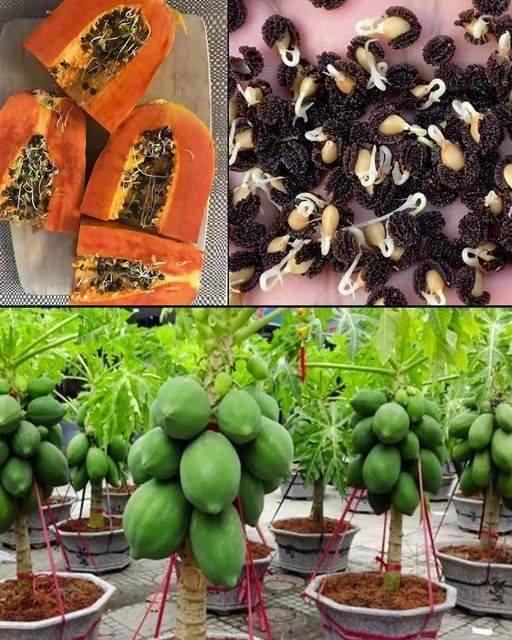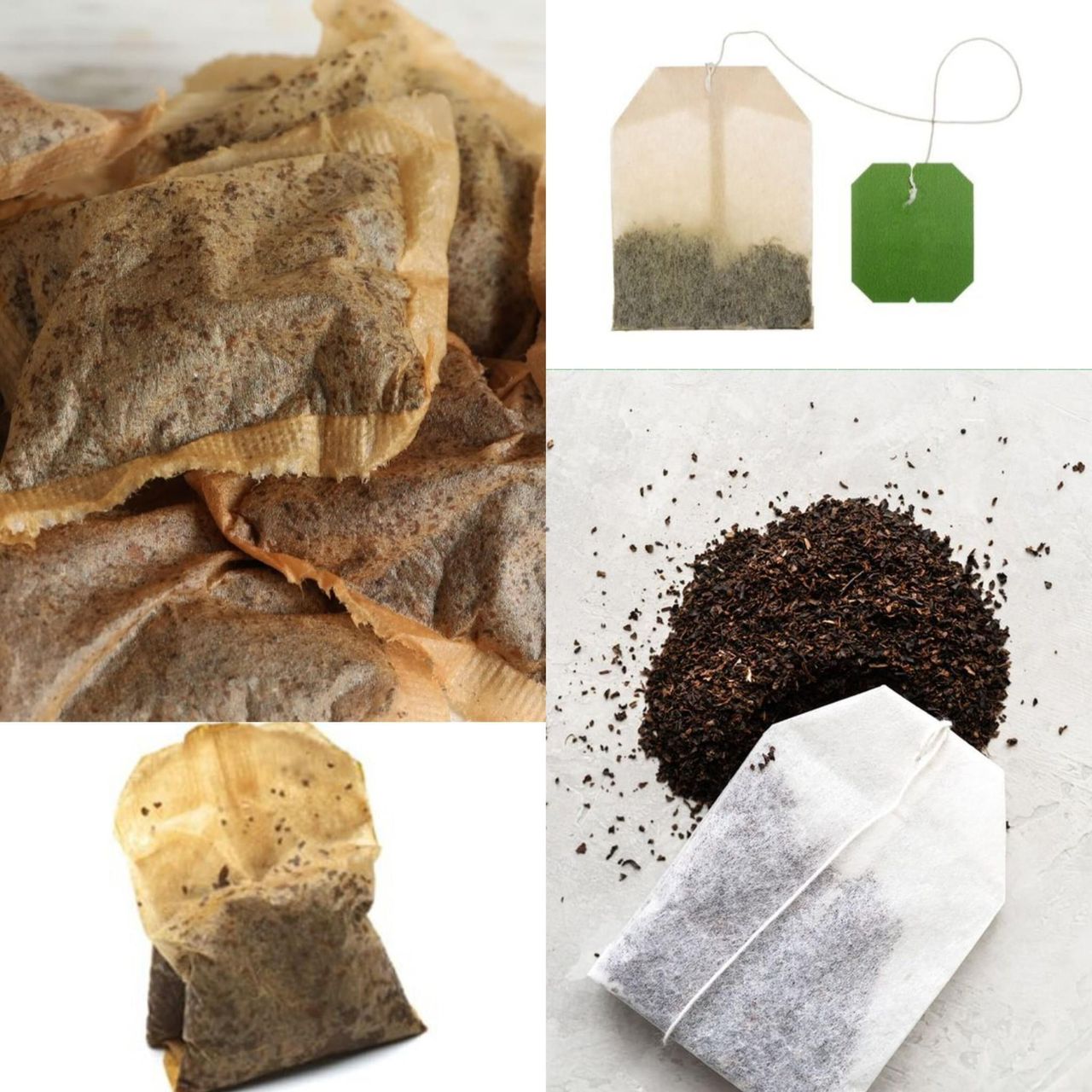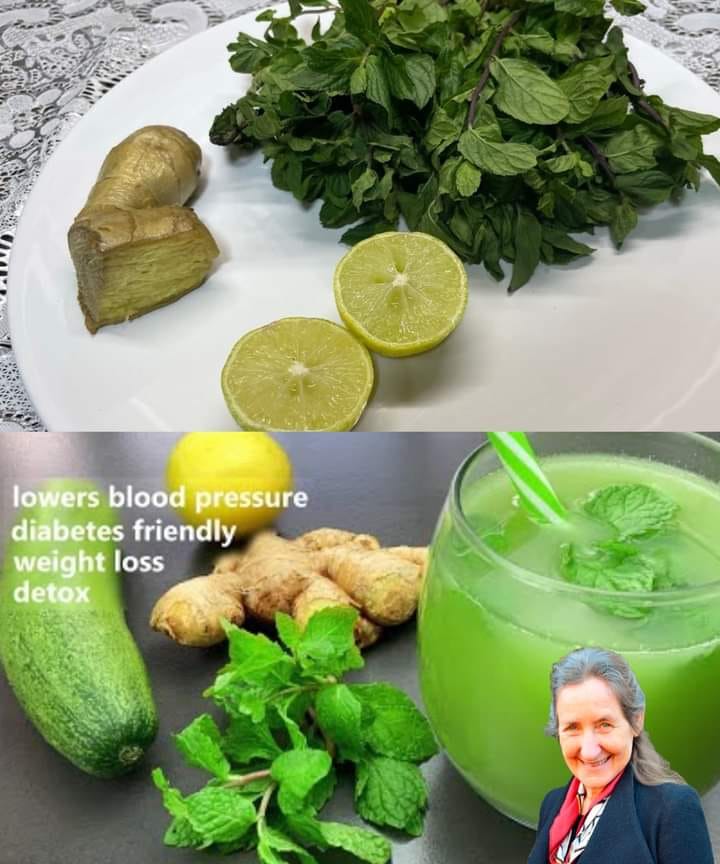Health And Natural Herbs
Growing Papaya at Home in Pots: The Secret to a Bountiful Harvest

Growing papayas at home, especially in pots, is a delightful and rewarding experience. With the right care and conditions, you can enjoy a bountiful harvest of sweet, juicy papayas right from your garden or balcony. Here’s a step-by-step guide to help you get started.
Ingredients and Materials:
- Papaya seeds (preferably from a ripe papaya or purchased from a reliable source)
- Large pot (at least 18-24 inches deep and wide)
- Well-draining potting soil
- Compost or organic fertilizer
- Mulch (optional)
- Watering can or hose with a gentle spray
- Sunny spot (papayas need full sun)
Instructions:
- Seed Preparation:
- If you’re using fresh papaya seeds, scoop them out of a ripe fruit. Clean the seeds by removing the gelatinous covering and allow them to dry for a day or two.
- Soak the dried seeds in warm water for 24 hours to enhance germination.
- Pot and Soil Preparation:
- Choose a large, deep pot with good drainage holes. Papaya plants have deep roots, so a big pot is essential for their growth.
- Fill the pot with well-draining potting soil mixed with compost or organic fertilizer. Papayas prefer slightly acidic to neutral soil (pH 6-7).
- Planting the Seeds:
- Plant 3-4 seeds in the center of the pot, about 1/2 inch deep. Cover them lightly with soil.
- Water the soil gently to moisten it, but don’t overwater, as papaya seeds can rot in waterlogged soil.
- Germination and Thinning:
- Place the pot in a sunny location, as papayas need at least 6-8 hours of direct sunlight daily.
- Keep the soil consistently moist but not soggy. Seeds should germinate in 2-3 weeks.
- Once the seedlings are about 4-6 inches tall, thin them out by removing the weaker ones, leaving the strongest seedling to grow.
- Care and Maintenance:
- Watering: Papayas need regular watering, especially during hot weather. Ensure the soil stays moist but not waterlogged.
- Fertilization: Feed your papaya plant every 4-6 weeks with a balanced organic fertilizer to support growth and fruit development.
- Mulching: Mulch around the base of the plant to retain moisture and regulate soil temperature.
- Pollination:
- Papaya plants can be male, female, or hermaphroditic (both male and female flowers on the same plant). For fruit production, ensure you have at least one male plant or a hermaphroditic plant nearby for pollination.
- Pest and Disease Management:
- Keep an eye out for common pests like aphids and whiteflies. Use organic insecticidal soap or neem oil if necessary.
- Ensure good air circulation around the plant to prevent fungal diseases.
- Harvesting:
- Papayas typically start fruiting within 6-12 months, depending on growing conditions.
- Harvest the fruits when they turn yellow-orange and give slightly when pressed.
Tips for a Bountiful Harvest:
- Temperature: Papayas thrive in warm climates, ideally between 70-90°F (21-32°C). Protect your plant from cold drafts and frost.
- Pruning: Regularly prune any dead or damaged leaves to encourage healthy growth and better air circulation.
- Support: As your papaya tree grows, it may become top-heavy. Provide support with a stake or trellis to prevent it from toppling over.
By following these steps and giving your papaya plant the care it needs, you’ll be well on your way to enjoying a bountiful harvest of delicious, homegrown papayas!





